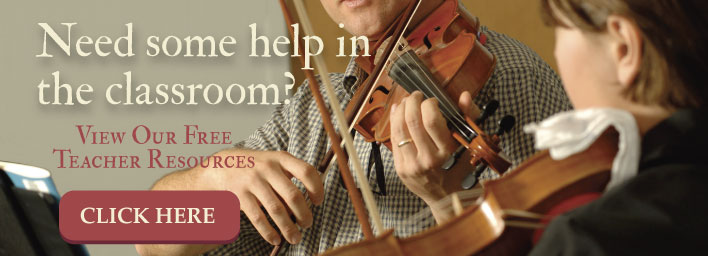How To Grow Your Practice From Private Lessons To Music School

Building a stronger customer base and expanding operations are key objectives for any business. And, indeed, many music instructors who offer private lessons have similar aspirations regarding the development of their programs and earnings. However, growing your practice from regular weekly lessons into a music school isn’t just a matter of wishful thinking. You can make the transformation from part-time lesson provider to full time administrator of your own music school by following some specific steps.
Many teachers believe that a substantial investment of capital is necessary to enlarge their student outreach. And while a small amount of money is required to build a stronger client base, you can spread the word about your lesson availabilities for a very reasonable outlay through social media sites like Facebook, community involvement, and music education awareness. Then once business has increased, you can consider further expansion opportunities. Yet, this is the stage where many musicians falter. Moving from private lessons into a school setting is a big transition.
Step 1. Write a detailed, flexible business plan.
The business plan process may seem tedious, and you might be tempted to just “go through the motions,” but without developing an extensive, agile business plan you’re limiting the possibility of your success. This step is required by financial institutions for business loans for many reasons, but two of the most important include: it provides you with the knowledge you’ll need to operate the school, and it creates a roadmap for later reference so that you can adapt and mark milestones for achievement.
It’s a good idea to start developing your plan early. While you’re advertising and building a reputation within your locality, consider how many students you’d be able to reasonably teach at your current location. But, before you reach that outside number, start to consider alternative facilities. Your business plan should be agile and based on solid information. Don’t apply your most optimistic figures, use sober judgement and include methods for overcoming challenges.
Step 2. Utilize the resources available.
If you’ve been operating as a sole proprietor, there are many traditional routes available for finding and renting a facility for your expanded music school. However, one of the best methods, although it can be rather tedious, includes becoming a member of the SAM system. This is the official site for finding government owned properties and grants, and as a member you can search and apply for literally tens of thousands of educational grants. You can also monitor the federal owned facilities/properties in your area. If your music school qualifies, many of these buildings are free.
And although it will take some funds to modify a vacant property to meet your needs, never having to worry about monthly rent is a huge boost. Moreover, if you meet minority qualifications, there are additional low interest, secured loans available to help get you started.
Step 3. Focus on your students.
The business aspect of your music school shouldn’t interfere with the relationship you’ve built with your students. One of the most important things to remember when you are expanding private lessons to a music school is that your reputation as a teacher is a vital part of your success. Neglecting to provide the same sort of attention and emotional investment you’ve developed with each student up until this point will erode your success over time. So make sure that each of your students still receives the devotion and consideration you’ve always provided.
Step 4. Continue to solicit community support and involvement.
The surest way to ensure the lasting success of your music school is to continue to educate your community about the benefits of music instruction and education. You need to continue to do the things that built your clientele in the first place. Ideas include:
- Scheduling monthly or bi-monthly concerts for the community, such as at retirement centers or street fairs
- Including informative articles on your website or blog about the cognitive benefits of music therapy and training
- Participate in parades and other community celebrations
- Organize fund raisers that provide instruments and lessons for high-risk students who show an aptitude
These, and other activities will help promote the important work you do, and deliver long-lasting results.
Building your practice from individual lessons into a flourishing music school will take time and dedication, but by following the right steps, you can establish a foundation that will provide the best opportunity for realizing your dream.


